How IoT is Transforming Business Operations
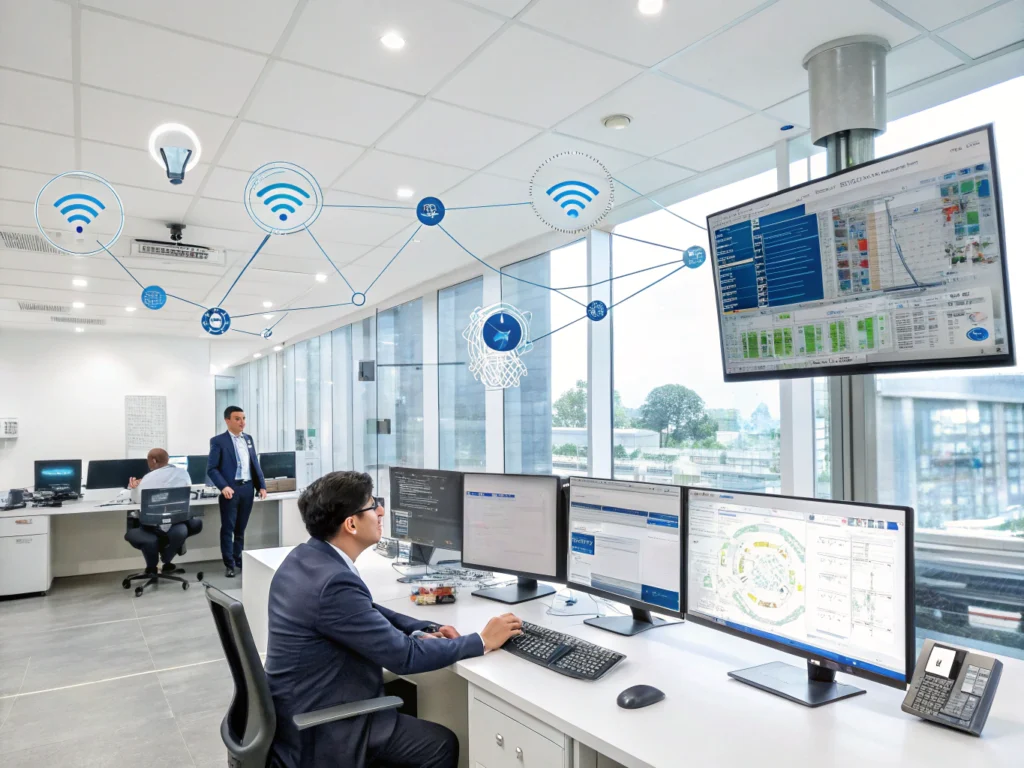
Is Your Business Ready for the Connected Future? The Power of IoT in Business
Imagine a world where your machinery predicts maintenance needs before a breakdown, your supply chain optimizes itself in real-time, and your customer experience is seamlessly personalized. This isn’t science fiction it’s the rapidly evolving reality powered by the Internet of Things (IoT). But with so much buzz around IoT in Business, are you truly grasping its potential and navigating its complexities? Many businesses still view IoT in Business as a futuristic concept or a niche application. However, the truth is, the Internet of Things is already transforming industries, driving efficiency, and creating unprecedented opportunities. This comprehensive guide dives deep into the world of IoT in Business, exploring its key concepts, market trends, practical applications, and crucial considerations for successful implementation. We’ll explore how integrating connected devices can revolutionize operations and provide a competitive edge – all while addressing the challenges and pitfalls to watch out for.
Key Concepts & Trends in the Connected World
At its core, the Internet of Things connects physical objects – from sensors and devices to vehicles and appliances – to the internet, enabling them to collect and exchange data. This data is then analyzed to gain insights, automate processes, and make more informed decisions. Recent trends are accelerating this transformation:
- Edge Computing: Instead of sending all data to the cloud for processing, edge computing brings computation and data storage closer to the devices themselves. This reduces latency, improves reliability, and enhances security. Think of a smart factory where sensors on machinery analyze data locally to trigger immediate adjustments, without relying on a distant cloud server.
- Artificial Intelligence (AI) and Machine Learning (ML): AI and ML algorithms are being integrated with IoT to analyze the vast amounts of data generated, identifying patterns, predicting future outcomes, and automating complex tasks. For example, predictive maintenance uses ML to analyze sensor data from equipment to forecast potential failures.
- 5G Connectivity: The rollout of faster and more reliable 5G networks is a game-changer for IoT. It enables higher bandwidth, lower latency, and support for a massive number of connected devices, opening doors for more sophisticated applications.
- Digital Twins: These are virtual representations of physical assets, processes, or systems, powered by IoT data. They allow businesses to simulate scenarios, optimize performance, and predict potential issues before they occur. Imagine a city using digital twins to manage traffic flow or optimize energy consumption.
- Low-Power Wide-Area Networks (LPWAN): Technologies like LoRaWAN and NB-IoT are designed for long-range, low-power communication, making them ideal for connecting devices in remote locations or those with limited battery life.
These trends are not isolated; they often work in synergy to create powerful solutions. The convergence of these technologies is driving innovation across industries and creating new business models.
Data & Market Insights: A Growing Ecosystem
The Internet of Things market is experiencing explosive growth. According to a recent report by Statista, the global Internet of Things market is projected to reach over $8 trillion by 2027. (Source: [Insert valid Statista link here]) This growth is fueled by increasing adoption across various sectors, including manufacturing, healthcare, retail, and transportation.
Here’s a visual representation of the market size and projected growth:

Case Study: Predictive Maintenance in Manufacturing
Siemens, a global industrial manufacturer, has successfully implemented IoT solutions for predictive maintenance in its factories. By deploying sensors on critical equipment and using AI-powered analytics, Siemens can identify potential maintenance needs before breakdowns occur, resulting in significant cost savings and increased uptime. This case study highlights the tangible benefits of IoT in Business and its impact on operational efficiency.
This data underscores the increasing recognition of the value proposition of IoT. Businesses that embrace IoT are gaining a significant competitive advantage by optimizing processes, reducing costs, and improving customer experiences.
Smarter Strategies & Alternatives: Navigating the IoT Landscape
Successful IoT implementation isn’t just about deploying devices; it requires a strategic approach. Here are some actionable strategies:
- Start with a Clear Business Problem: Don’t implement IoT for IoT’s sake. Identify a specific business challenge that IoT can help solve.
- Focus on Data Security: Robust cybersecurity measures are paramount to protect sensitive data collected by IoT devices.
- Choose the Right Platform: Select an IoT platform that aligns with your specific needs, considering factors like scalability, security, and integration capabilities.
- Embrace a Phased Approach: Begin with a pilot project to test and refine your IoT strategy before full-scale deployment.
- Consider Cloud vs. On-Premise: Evaluate the pros and cons of cloud-based and on-premise IoT solutions based on your data storage and processing requirements.
Alternative Tools & Methods:
For smaller businesses, leveraging IoT platforms as a service (PaaS) can be a more cost-effective option than building infrastructure from scratch. Tools like AWS IoT Core, Microsoft Azure IoT Hub, and Google Cloud IoT Platform offer scalable and secure IoT solutions without the upfront investment in hardware and software.
Use Cases & Applications: Transforming Industries
IoT in Business is impacting virtually every industry. Here are some key use cases:
- Healthcare: Remote patient monitoring, wearable health trackers, smart hospitals.
- Retail: Smart shelves, personalized shopping experiences, inventory management.
- Manufacturing: Predictive maintenance, asset tracking, supply chain optimization.
- Agriculture: Precision farming, soil monitoring, automated irrigation.
- Transportation: Fleet management, autonomous vehicles, smart logistics.
- Energy: Smart grids, remote monitoring of infrastructure, optimized energy consumption.
Startup Spotlight:
Consider companies like Uptake, which uses IoT and AI to provide predictive maintenance solutions for industries like energy and transportation. Their platform analyzes data from industrial equipment to identify potential failures, enabling proactive maintenance and reducing downtime.
Common Mistakes to Avoid: Pitfalls to Watch Out For
While the potential of IoT in Business is immense, several common mistakes can derail implementations:
- Ignoring Security: A lack of robust security measures can leave businesses vulnerable to cyberattacks.
- Poor Data Management: Collecting data without a clear plan for storage, analysis, and utilization is a waste of resources.
- Lack of Integration: Failure to integrate IoT solutions with existing systems can limit their effectiveness.
- Overlooking Scalability: Choosing solutions that can’t scale with your business growth can lead to costly upgrades later.
- Insufficient Expertise: Implementing and managing IoT solutions requires specialized skills and knowledge.
Maintenance, Security & Long-Term Planning: Sustaining Your IoT Investment
IoT deployments aren’t a one-time project; they require ongoing maintenance and management. Key considerations include:
- Regular Security Updates: Ensure all IoT devices and platforms are regularly updated with the latest security patches.
- Data Backup and Recovery: Implement a robust data backup and recovery plan to protect against data loss.
- Device Monitoring and Management: Continuously monitor the health and performance of IoT devices.
- Compliance with Regulations: Stay informed about and comply with relevant data privacy and security regulations.
- Scalability Planning: Anticipate future growth and ensure your IoT infrastructure can accommodate it.
Summary & Key Takeaways: The Future is Connected
IoT in Business is no longer a futuristic dream; it’s a present-day reality transforming industries and creating new opportunities. By embracing key trends like edge computing, AI, and 5G, businesses can unlock significant benefits, including increased efficiency, reduced costs, and improved customer experiences. However, successful implementation requires a strategic approach, focusing on clear business problems, robust security, and long-term planning.
FAQs: Addressing Your Questions
Is it too late to invest in IoT? No, absolutely not! The Internet of Things is still in its early stages of adoption, and the potential for growth is enormous. Now is a great time for businesses to explore how IoT can benefit them.
How can small businesses use AI with IoT? Small businesses can start by using pre-built AI solutions offered by IoT platform providers to analyze data and automate simple tasks.
What tech stacks scale best for IoT? Cloud-based platforms like AWS IoT Core, Microsoft Azure IoT Hub, and Google Cloud IoT Platform offer excellent scalability for IoT deployments.
Explore further resources on how IoT in Business can specifically benefit your industry [link to blogtechi.com/iot-business-operations]. Share your experiences with IoT in the comments below!
Share this content:
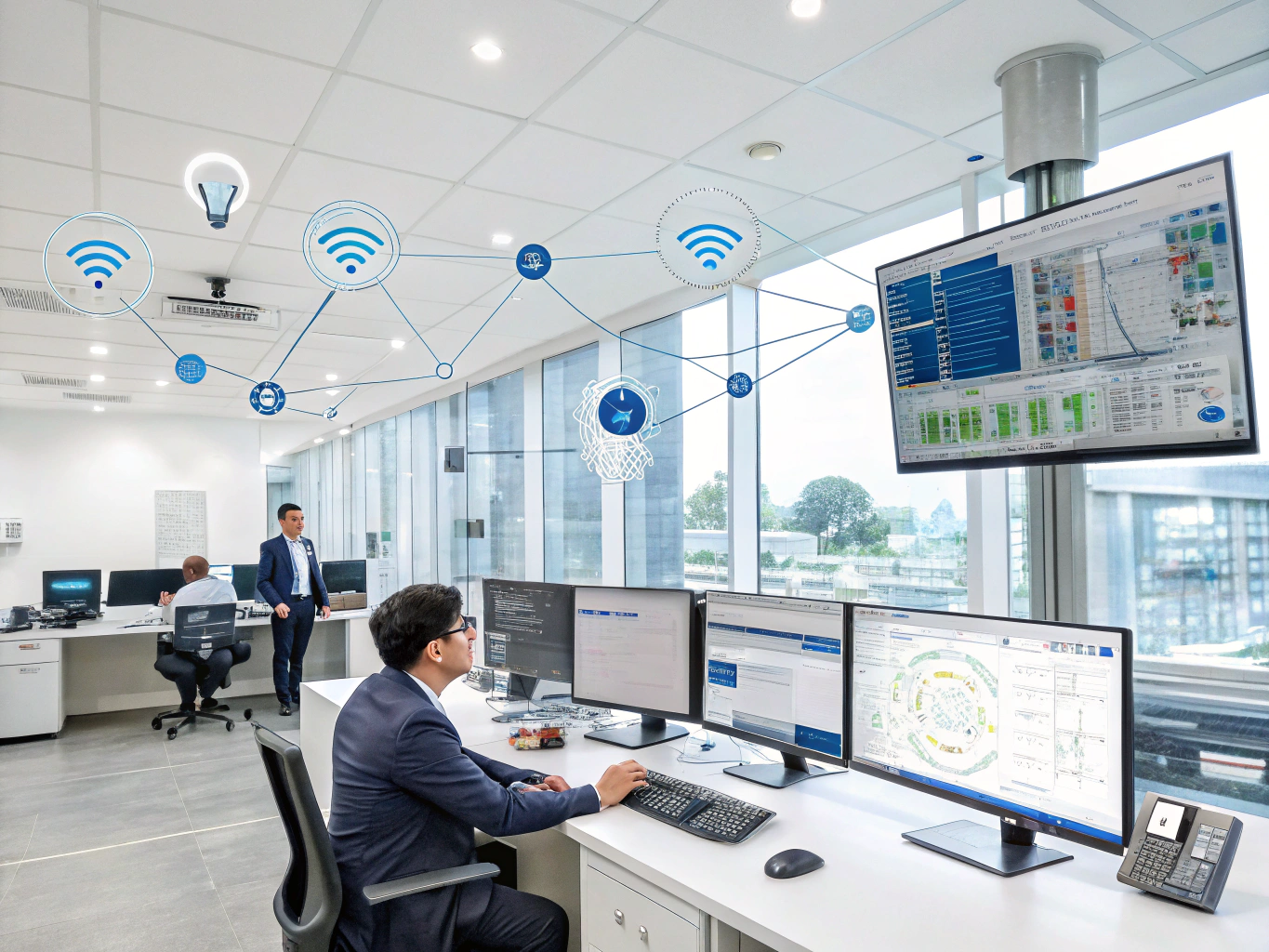
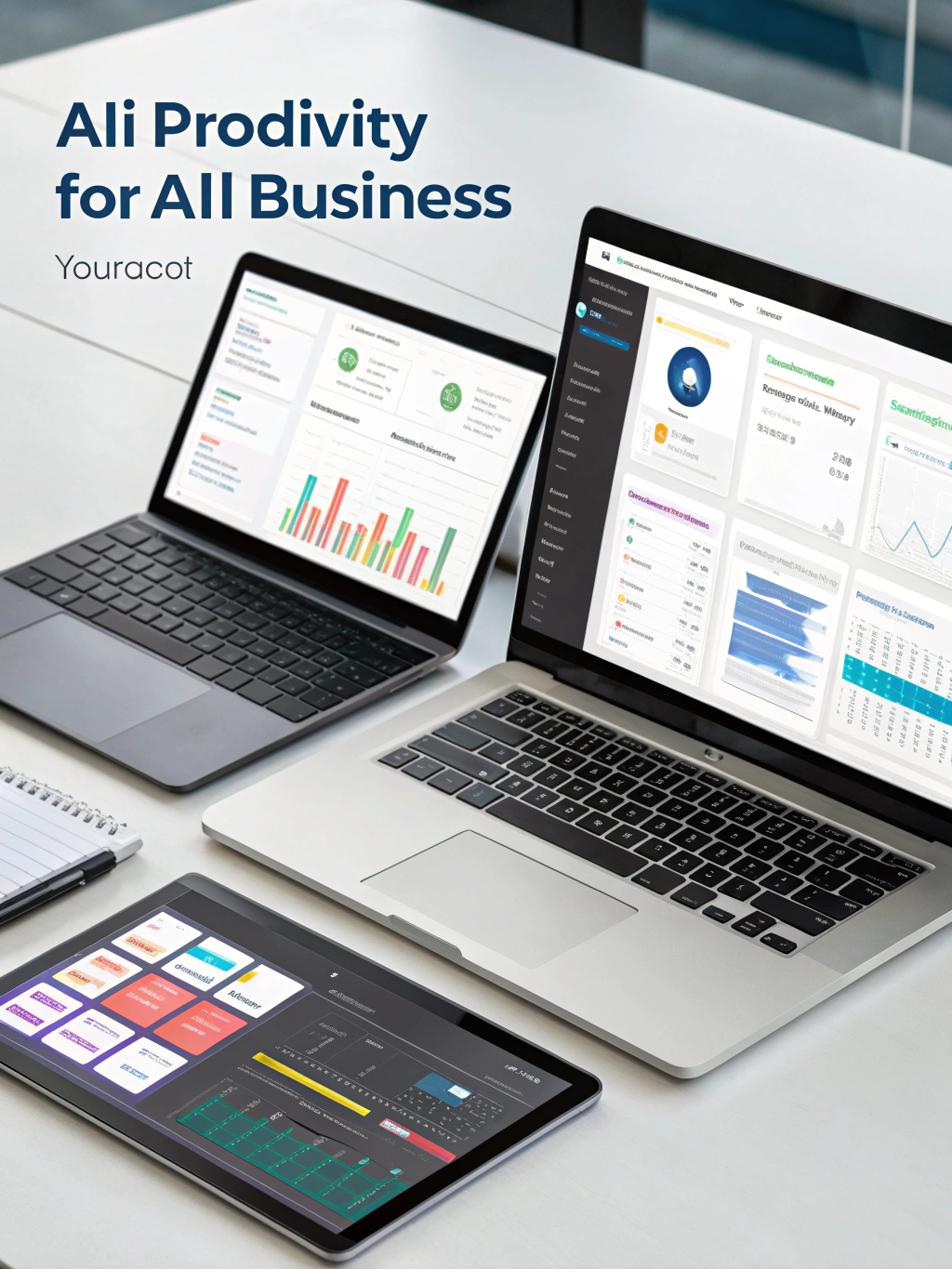
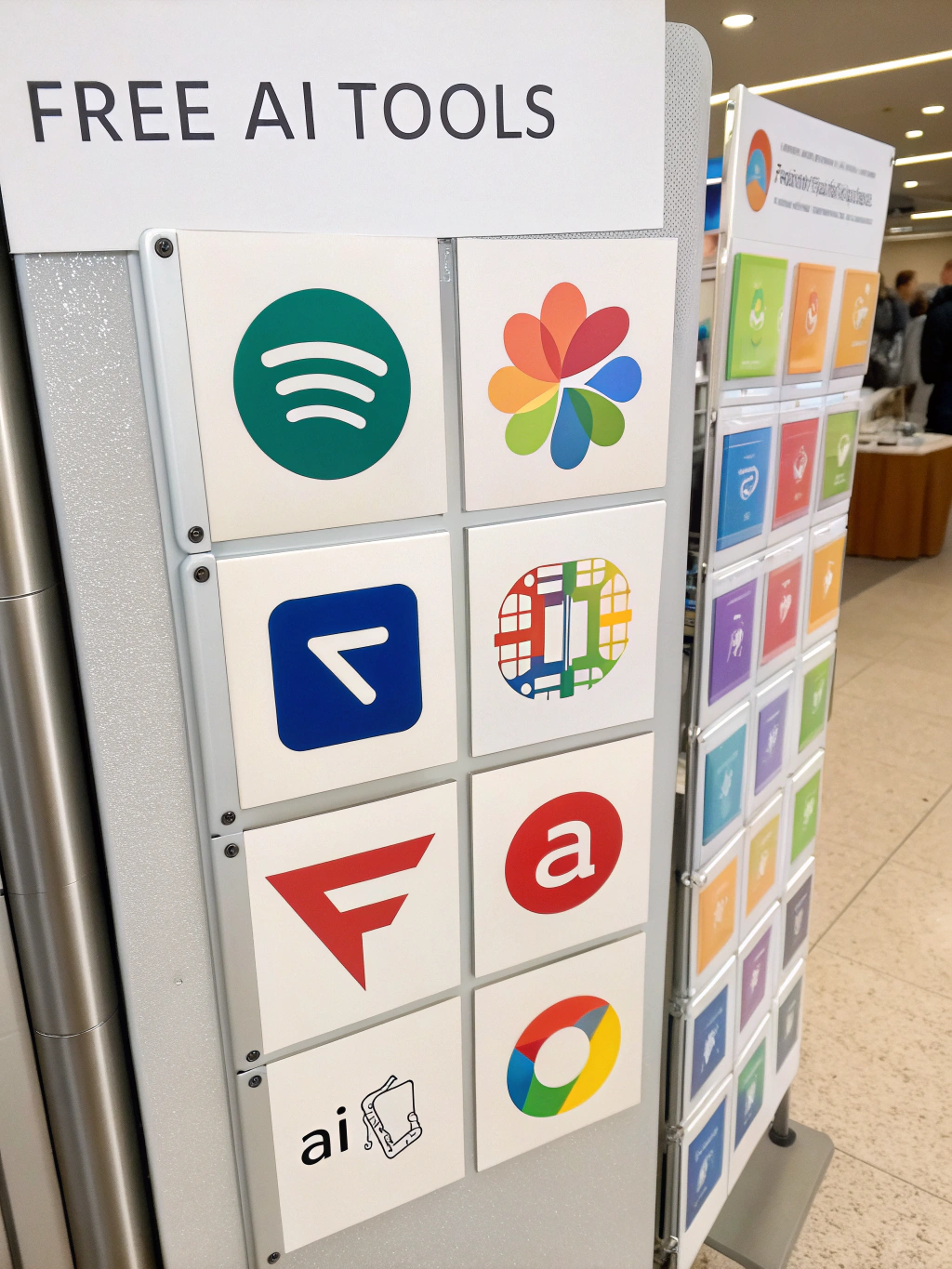


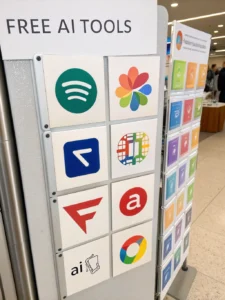



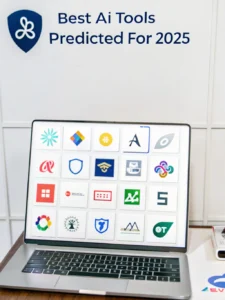

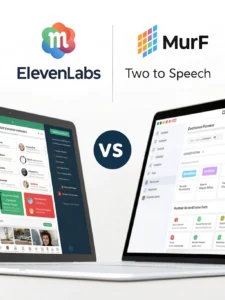


Post Comment